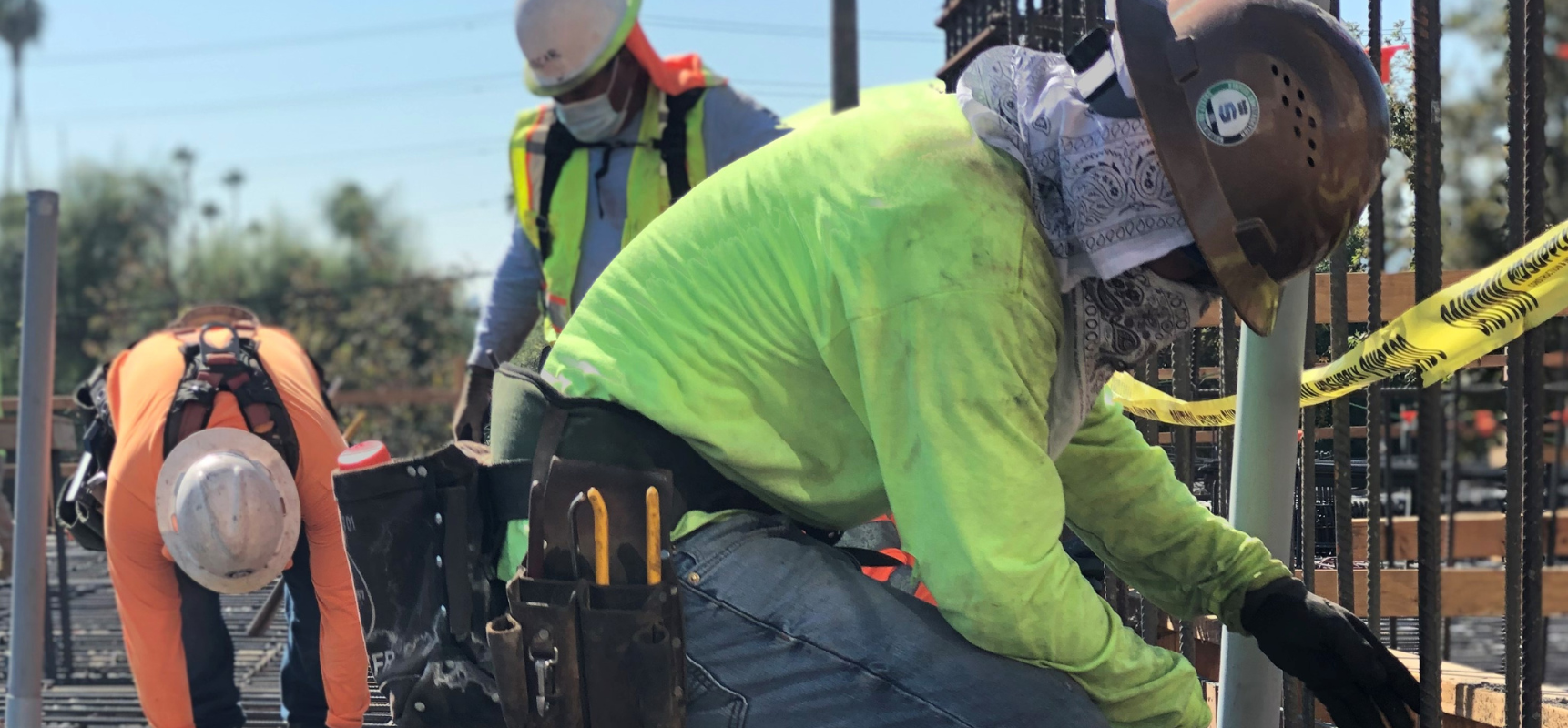Hire, Train and Retain: The Challenge in Construction and Across Industries
- March 3, 2023

According to a survey by Career Builder and Silkroad Technology, “a good onboarding program leads to 69% of employees staying at least three years”. The importance of this is compounded when considering that the construction industry had one of the highest turnover rates in 2019 at 65%, as documented by the US Bureau of Labor Statistics. So armed with that knowledge, how does the industry combat those statistics? We spoke with key onboarding staff to gain insight into our best practices.
No matter the industry, onboarding is a topic of conversation with human resources professionals across the board. Building a strong workforce, and maintaining it, can provide its own set of challenges if not executed successfully. We sat down with Human Resources Manager Fanny Alarcon and Safety Manager Jamez Soliz to discuss our onboarding processes at Staples Construction.
As the HR Manager at Staples for over six years, Fanny notes that the effectiveness of onboarding is crucial within the first 30 - 60 days an employee is hired. Within this time, the opportunity to make a connection with the new employee is vital. Fanny highlights that this connection is a “human connection” rather than an employee connection, stressing the importance of a genuine sense of community within the company. Establishing a human connection within the onboarding process ensures that new employees have the comfort and transparency to communicate with, and understand, the culture of our company. This transparency also ensures that proper resources are available to new employees.
Beyond the initial connection, a crucial part of the onboarding process unique to construction is the strict emphasis on safety. James reveals that 90% of injuries in the industry occur within six months of hiring. To avoid this, he stated, “we employ a three-step program for new employees on the jobsite to ensure proper training”.
The first step within this onboarding process involves training on the general rules and regulations, providing insight regarding the Occupational Safety and Health Administration (OSHA) and CAL OSHA standards, as well as Staples Construction expectations and practices.
The second step is on the jobsite itself, as each jobsite is unique with its own set of obstacles. All site workers (whether they be Staples employees or not) view an all-encompassing 30-minute video in which our best practices are explained. The Project Superintendent then conducts site specific training to provide additional insight regarding the jobsite he or she oversees.
The third step is the practical application through a “Greenhorn Program”. This program is designed to provide extra oversight to inexperienced employees who may be new to working in the field. The program adds extra training and focus to these employees through a shadowing and mentoring process by a senior employee. Employees are introduced to the best practices and protocols specific to Staples, allowing them to adapt and learn the safety culture unique to our workplace.
With a combined approach of a human connection and practical safety training, new employees quickly become immersed in the “Staples way” and our internal culture. This can be said for anyone, from a new accounts receivable clerk to a new laborer. Staples currently maintains an average field turnover rate of about 44%. In contrast to the national average of 65% for the industry, that margin can only be explained by the work put in on the front end to ensure an employee is welcomed, properly trained, and safe, with the peace-of-mind and know-how to use their best judgement. In return, Staples benefits from a strong culture with dedicated, skilled, and hard-working employees.

Share this story
Related News
Embracing the Unexpected: Joyful Surprises in Construction Projects
Top Construction Trends in 2024
Related News
- March 28, 2024
- February 26, 2024
- January 26, 2024
